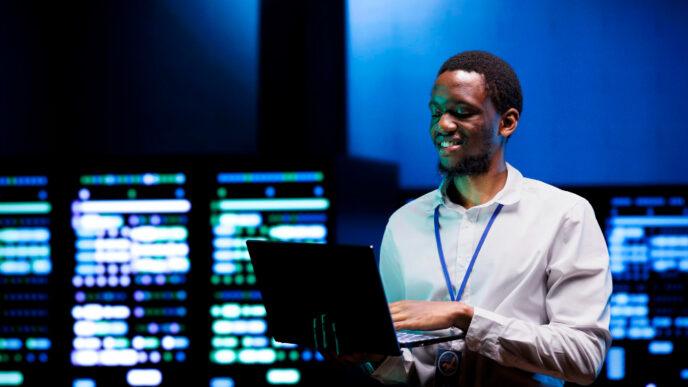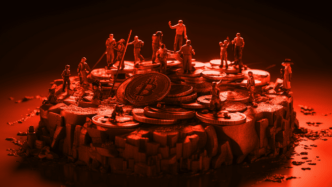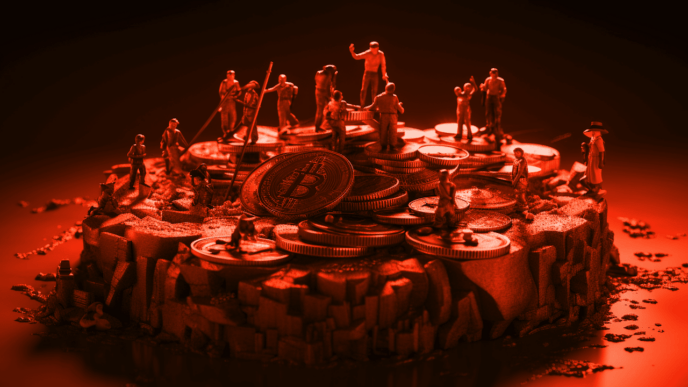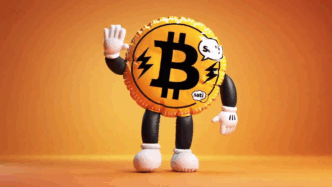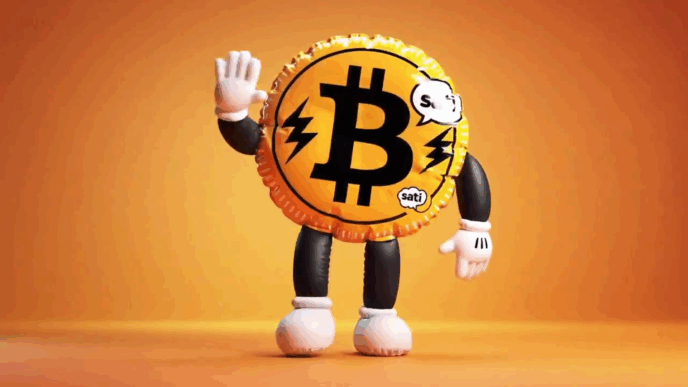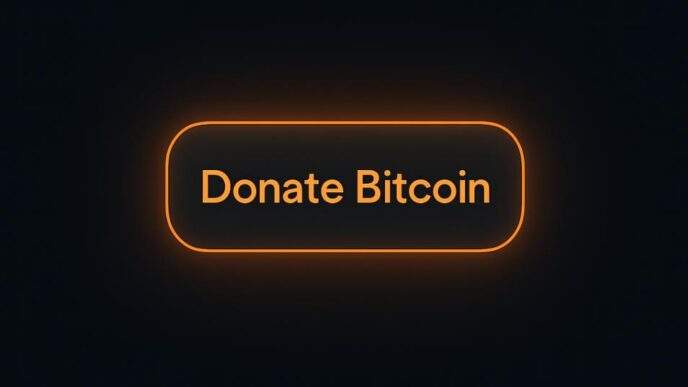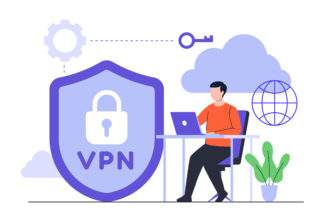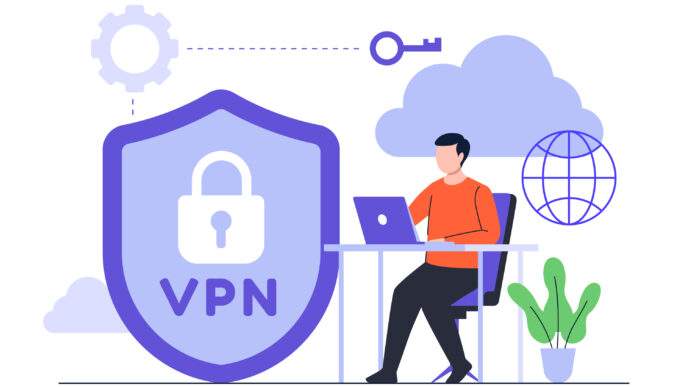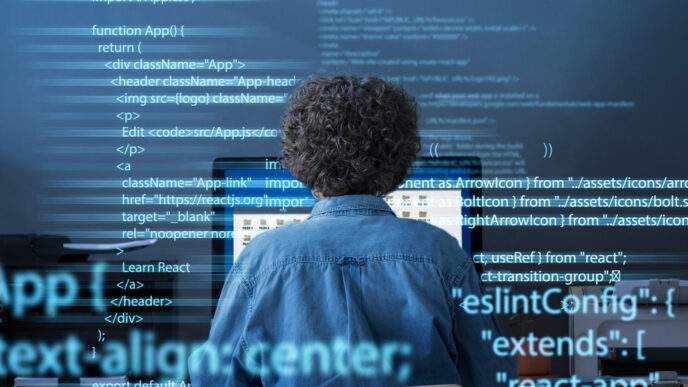Bitcoin mining is the backbone of the world’s first decentralized digital currency. But how is bitcoin mined? And why does this process matter for security, scarcity, and decentralization?
What Is Bitcoin Mining?
Bitcoin mining is the process of validating transactions and securing the Bitcoin network by solving complex mathematical puzzles. Miners compete to add new blocks to the blockchain, earning freshly minted BTC and transaction fees as rewards.
Key purposes of mining:
- Security: Prevents double-spending and fraud.
- Decentralization: No single entity controls the network.
- Incentivization: Rewards miners for maintaining the system.
How Is Bitcoin Mined?
1. Transaction Verification
When you send bitcoin, the transaction is broadcast to the network. Miners collect these transactions into a mempool (memory pool) and verify:
- Sender has enough BTC.
- Digital signatures are valid.
- No double-spending.
2. Block Construction
Miners bundle verified transactions into a candidate block (limited to a maximum of 4MB, or ~2,700 transactions). They add a coinbase transaction (rewarding themselves) and a reference to the previous block.
3. Proof-of-Work (PoW) Competition
Miners compete to solve a cryptographic puzzle by finding a nonce (number used once) that generates a hash below bitcoin’s target value. This requires brute-force trial and error, consuming massive computational power.
4. Block Validation & Reward
The first miner to solve the puzzle broadcasts the block to the network. Other nodes verify it, and if valid, the block is added to the blockchain. The miner earns:
- Block Reward: 3.125 BTC (as of 2024 post-halving).
The Hardware Behind Bitcoin Mining
How is bitcoin mined at a technical level? It requires specialized hardware:
- ASICs (Application-Specific Integrated Circuits):
- Built solely for Bitcoin’s SHA-256 algorithm.
- Dominated by giants like Bitmain (Antminer S21) and MicroBT (Whatsminer M56S).
- Efficiency: 15-25 J/TH (joules per terahash).
- Mining Pools:
- Solo mining is nearly impossible due to competition. Miners join pools (e.g., Foundry USA, AntPool) to combine hash power and share rewards.
- Top 3 pools control 67.4% of bitcoin’s hash rate.
- Energy Sources:
- Miners seek cheap electricity, often using stranded energy (e.g., wind and hydro).
- Bitcoin uses 110 Terawatt Hours per year TWh/year (~0.55% of global energy use), but 52% comes from renewables.
Bitcoin Mining Difficulty
Bitcoin’s protocol adjusts mining difficulty every 2,016 blocks (~2 weeks) to ensure a 10-minute average block time.
- Hash Rate: The total computational power securing bitcoin.
- Difficulty: A measure of how hard it is to find a valid block.
Why This Matters:
- Higher hash rate = More security.
- Difficulty adjustments prevent inflation or deflation of block times.
Who Can Mine Bitcoin?
While open to anyone, mining is dominated by professional operations due to:
- High Costs: ASICs cost 2,000−2,000−10,000; electricity is ~80% of expenses.
- Geographic Factors: Favorable regulations and energy costs in regions like:
- USA: 40% of global hash rate (Texas, Wyoming).
- China: 15% (post-2021 ban, underground farms remain).
- Russia, Kazakhstan: 5% and 13% respectively.
Retail miners can join cloud mining platforms (e.g., Genesis Mining) or use plug-and-play rigs like Bitmain’s Home Miner.
Whether you’re a hobbyist or an institutional investor, bitcoin mining offers a unique blend of tech and finance. Start by researching hardware, energy costs, and pools—or explore cloud mining for a hands-off approach.





